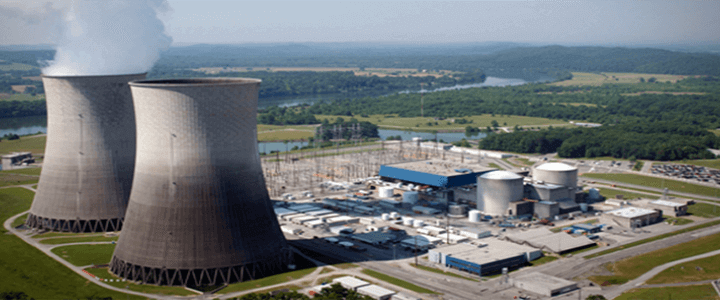Stop me if you’ve heard this one before: North Korea wants to talk to the United States. As if it wasn’t big enough news that North Korean strongman Kim Jong-un personally met Monday with 10 delegates from the Republic of Korea, visiting Pyongyang to begin preparations for an anticipated north-south summit. Early Tuesday morning in Washington, news broke that Kim is willing to discuss denuclearization.
Fool me once…
I immediately reached for the salt shaker. Anything too good to be true usually is; the idea that the Democratic People’s Republic of Korea would completely reverse course in fewer than three months is complete rubbish. In January, Kim used his New Year’s speech both to ask for talks with his southern cousins, and to excoriate the U.S. He said then that the DPRK “has at last come to possess a powerful and reliable war deterrent, which no force and nothing can reverse.”
While we were all hopeful that the spirit of the Olympic Games would lead to a thawing of relations between the communist North and everyone else, it’s absurd to think a few hockey games was all it took to change a policy “which no force and nothing can reverse.”
This wouldn’t be the first time, either. In 1994, the U.S. signed a deal with the North Koreans to halt their nuclear program in exchange for guaranteed shipments of oil, and help building light water reactors, which are harder to use to make the fuel for nuclear weapons. We know how well that ended: the Koreans used the space the deal gave them to continue a covert nuclear program. Twelve years later, they detonated their first nuclear bomb.
Continuing preparations.
Just last week, I told you how the US-Korea Institute at Johns Hopkins University’s School of Advanced International Studies published an analysis that there was new tunneling going on at the Punggye-ri nuclear test site, a possible indication that a test was imminent. On Monday, the team reported that based on commercial satellite images collected in February, it believes the DPRK has restarted its graphite-moderated and gas-cooled reactor in Yongbyon.
The Yongbyon reactor has produced the fuel for all North Korea’s weapons to date. It was closed as part of the 1994 “Agreed Framework,” but restarted in 2003. The DPRK was supposed to have closed it again according to the terms of the 2007 Six-Party Talks. While it was obviously in operation long enough to produce the fuel for the weapons North Korea already has, the analysts at USKI believe there has been “either intermittent low-level or no operation of the reactor” for several years, with the possible exception of December 2016 and January 2017.
Restarting the reactor, if that is indeed the case, can only mean that they are interested in harvesting fuel for additional weapons. The plant has no other practical application. The North has always claimed it was for electrical generation, but the temperatures maintained make for great plutonium production but poor electrical production.
To use the worn analogy, North Korea is the Lucy to our Charlie Brown, with a demonstrated track record of yanking the football away at the last minute. My previous prediction of a nuclear or missile test within two weeks is probably going to fail, but I remain convinced that another test is coming sooner rather than later.
The promise of denuclearization talks are just a smokescreen.




